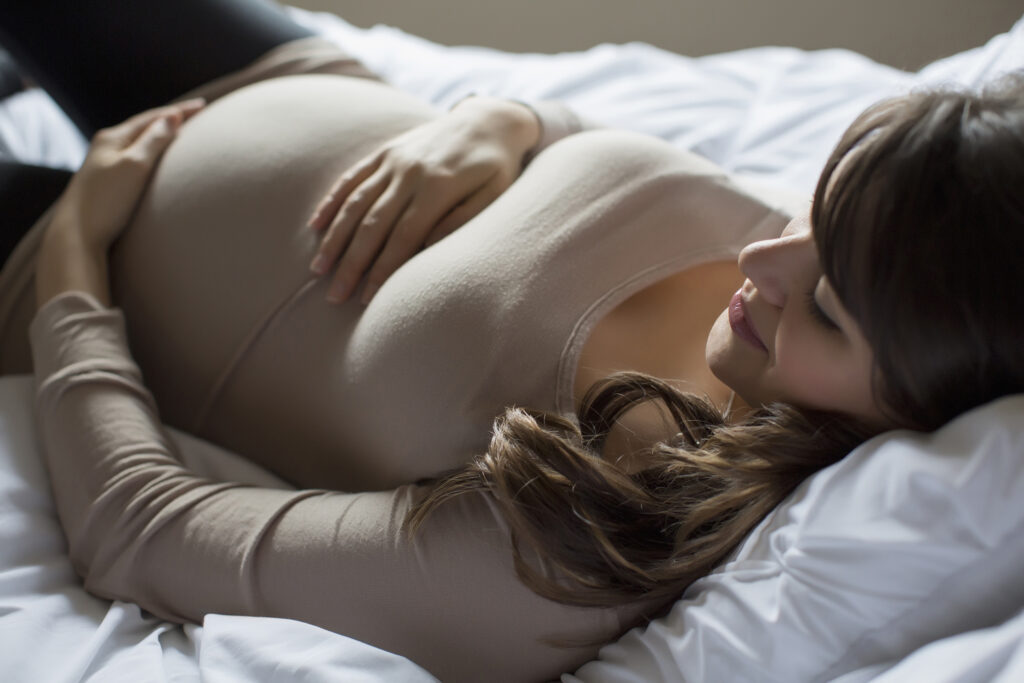After Pregnancy Double Check any Uterine Fibroids


One third of women will get these uterine fibroids.
Women who have the muscle tumors of the uterus called uterine leiomyomata, and nicknamed fibroids often get pregnant and go to term.
Pregnancy is generally protective agains fibroids. It’s been thought that when women have more pregnancies they are less likely to have problems with fibroids over time. This may be due to the high levels of hormones during pregnancy, or a direct immune effect of high levels of steroids.
It’s not really been known if in fact that some women with fibroids actually never conceive and that this fact actually has confused our thinking about pregnancy’s effect on the fibroids themselves.
The fibroid growths do grow in early pregnancy, and eventually they shrink, and about 3-6 months after a pregnancy they are about half the size that they were.
A small group of women who were recently pregnant were studied in a NIH study published in the June 2011 issue of the American Journal of Obstetrics and Gynecology. A new finding was that users of the progesterone only pills after pregnancy seemed to have their fibroids shrink less even if they were breastfeeding.
The fibroids that are in the lining of the uterus seem to shrink the most, and black women had a bit less fibroid shrinkage than other groups of women. In general, although the authors looked at lots of factors, most did not affect whether the fibroids changed after pregnancy or not.
Ultrasounds are simple and affordable, and can be a simple solution to wondering the size and location of fibroids after a pregnancy
